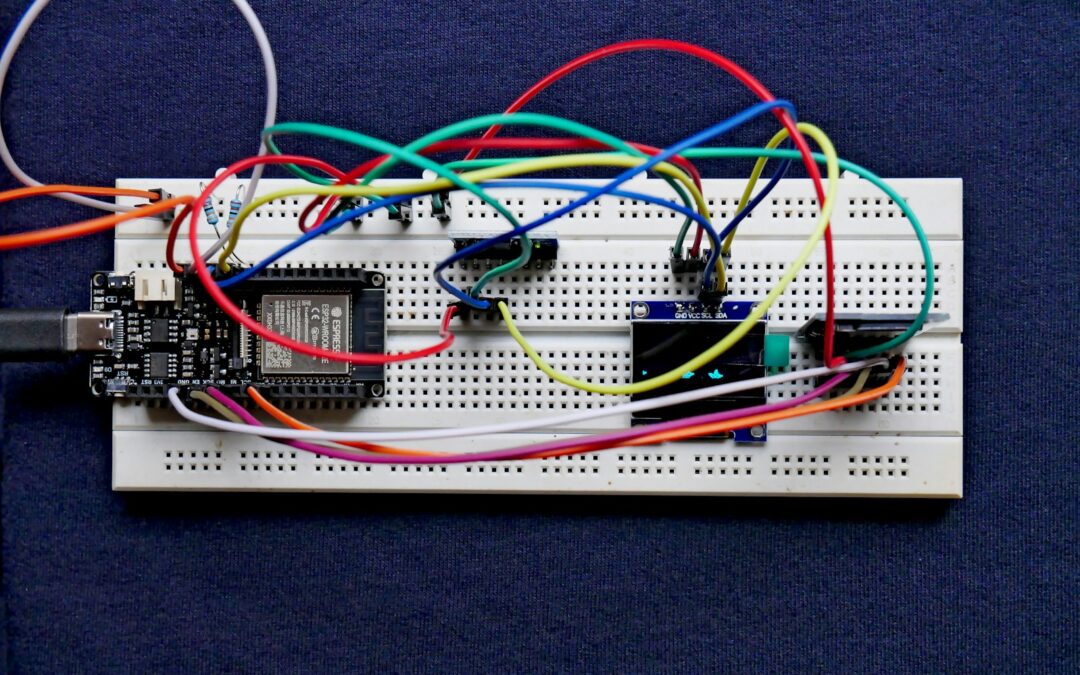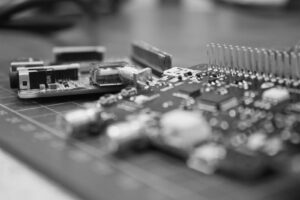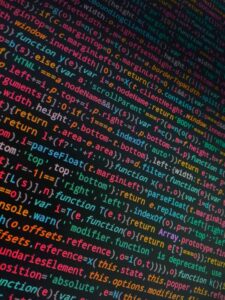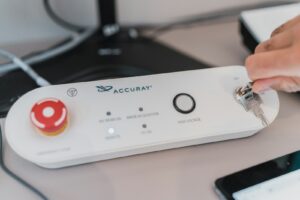The Critical Role of Connectivity Protocols in IoT Systems
Connectivity protocols in IoT systems play a pivotal role in enabling real-time data collection and analysis, which are essential for the efficient functioning of modern IoT ecosystems. In rapidly developing regions like Saudi Arabia and the UAE, including vibrant cities such as Riyadh and Dubai, the deployment of IoT technologies has revolutionized various sectors by enhancing data-driven decision-making processes. Connectivity protocols such as MQTT, CoAP, and LoRaWAN facilitate seamless communication between IoT devices, ensuring the reliable transmission of data across networks. These protocols support the synchronization of diverse IoT components, enabling real-time monitoring and analytics that drive efficiency and innovation.
Enhancing IoT Data Collection with Connectivity Protocols
The implementation of robust connectivity protocols in IoT systems significantly enhances data collection capabilities. Protocols like MQTT (Message Queuing Telemetry Transport) and CoAP (Constrained Application Protocol) are specifically designed to handle low-bandwidth, high-latency networks, making them ideal for IoT applications. MQTT, for instance, allows for efficient message exchange between sensors and servers, facilitating real-time data collection even in resource-constrained environments. In the context of smart cities in Dubai and Riyadh, these protocols enable the continuous monitoring of environmental conditions, traffic patterns, and energy usage, providing valuable insights that inform urban planning and resource management. The ability to collect real-time data is crucial for optimizing operations and enhancing the quality of urban living.
Supporting Real-Time Data Analysis in IoT Ecosystems
Connectivity protocols also play a vital role in supporting real-time data analysis in IoT systems. Protocols such as AMQP (Advanced Message Queuing Protocol) and LoRaWAN (Long Range Wide Area Network) ensure the secure and reliable transmission of data, which is essential for real-time analytics. AMQP, with its robust messaging capabilities, supports complex data transactions and integration with analytical platforms. LoRaWAN, on the other hand, offers long-range communication with low power consumption, making it suitable for wide-area IoT deployments. These protocols enable the aggregation and processing of data in real-time, allowing businesses and city authorities in the UAE and Saudi Arabia to respond promptly to emerging trends and anomalies. The integration of AI-driven analytics further enhances the capability to derive actionable insights from IoT data, driving smarter decision-making processes.
Ensuring Data Security and Integrity with Blockchain
In addition to enabling real-time data collection and analysis, connectivity protocols in IoT systems can be further enhanced by integrating Blockchain technology. Blockchain provides a decentralized and immutable ledger for recording and verifying IoT data, ensuring its integrity and security. This integration is particularly valuable for applications requiring high levels of trust and transparency, such as supply chain management and smart city initiatives. For example, in Riyadh and Dubai, Blockchain can secure data transactions from IoT devices, preventing unauthorized access and ensuring that data remains unaltered. By leveraging Blockchain in conjunction with connectivity protocols, businesses can enhance the reliability and security of their IoT systems, fostering greater confidence in data-driven operations.
Strategic Implementation of Connectivity Protocols for IoT Success
Leveraging AI and Generative AI in IoT Systems
The integration of AI and generative AI with connectivity protocols in IoT systems offers significant advantages for real-time data collection and analysis. AI algorithms can analyze the vast amounts of data transmitted through these protocols, identifying patterns and predicting future trends. Generative AI, with its ability to create advanced models and simulations, can further enhance the analytical capabilities of IoT systems. For instance, AI-driven traffic management systems in smart cities like Dubai can predict congestion and optimize traffic flow based on real-time data. Similarly, generative AI can simulate various environmental scenarios, providing insights into potential impacts and mitigation strategies. By incorporating AI and generative AI, businesses and city planners can maximize the benefits of IoT data, driving innovation and efficiency.
Executive Coaching for Effective IoT Leadership
Effective leadership is essential for the successful implementation of connectivity protocols in IoT systems. Executive coaching services play a critical role in equipping leaders with the knowledge and skills necessary to manage IoT projects. Coaches help executives understand the strategic importance of connectivity protocols, develop implementation plans, and address potential challenges. In the context of smart city projects in Saudi Arabia and the UAE, well-coached leaders can drive successful IoT initiatives, fostering collaboration and innovation. By investing in executive coaching, organizations can ensure that their leaders are prepared to navigate the complexities of IoT technologies, leading to more efficient and effective data-driven operations.
Future Trends and Innovations in IoT Connectivity
The future of connectivity protocols in IoT systems is marked by continuous advancements and innovations. Emerging protocols such as 5G and NB-IoT (Narrowband IoT) offer enhanced capabilities for real-time data collection and analysis. 5G, with its high-speed and low-latency connectivity, can support more complex and data-intensive IoT applications, such as autonomous vehicles and remote healthcare. NB-IoT, designed for low-power, wide-area networks, provides reliable connectivity for IoT devices in remote or challenging environments. These innovations will further enhance the capabilities of IoT systems, enabling more efficient and scalable deployments. For cities like Riyadh and Dubai, staying at the forefront of these trends will be crucial for maintaining cutting-edge IoT solutions and achieving sustainable urban growth.
Conclusion
Connectivity protocols in IoT systems are essential for enabling real-time data collection and analysis, driving efficiency and innovation in various sectors. By leveraging advanced protocols, integrating AI and Blockchain, and investing in executive coaching, businesses and cities in Saudi Arabia and the UAE can maximize the benefits of IoT technologies. As the landscape of IoT continues to evolve, embracing these connectivity advancements will be crucial for achieving sustainable growth and maintaining a competitive edge in the digital age.
—
#ConnectivityProtocolsInIoTSystems, #RealTimeDataCollectionInIoT, #IoTConnectivityStandards, #SupportingIoTDataAnalysis, #ModernTechnologyInIoT, #AIandIoTIntegration, #BlockchainForIoTDataSecurity, #ExecutiveCoachingForIoTProjects, #GenerativeAIInIoT, #LeadershipInIoTInnovations













